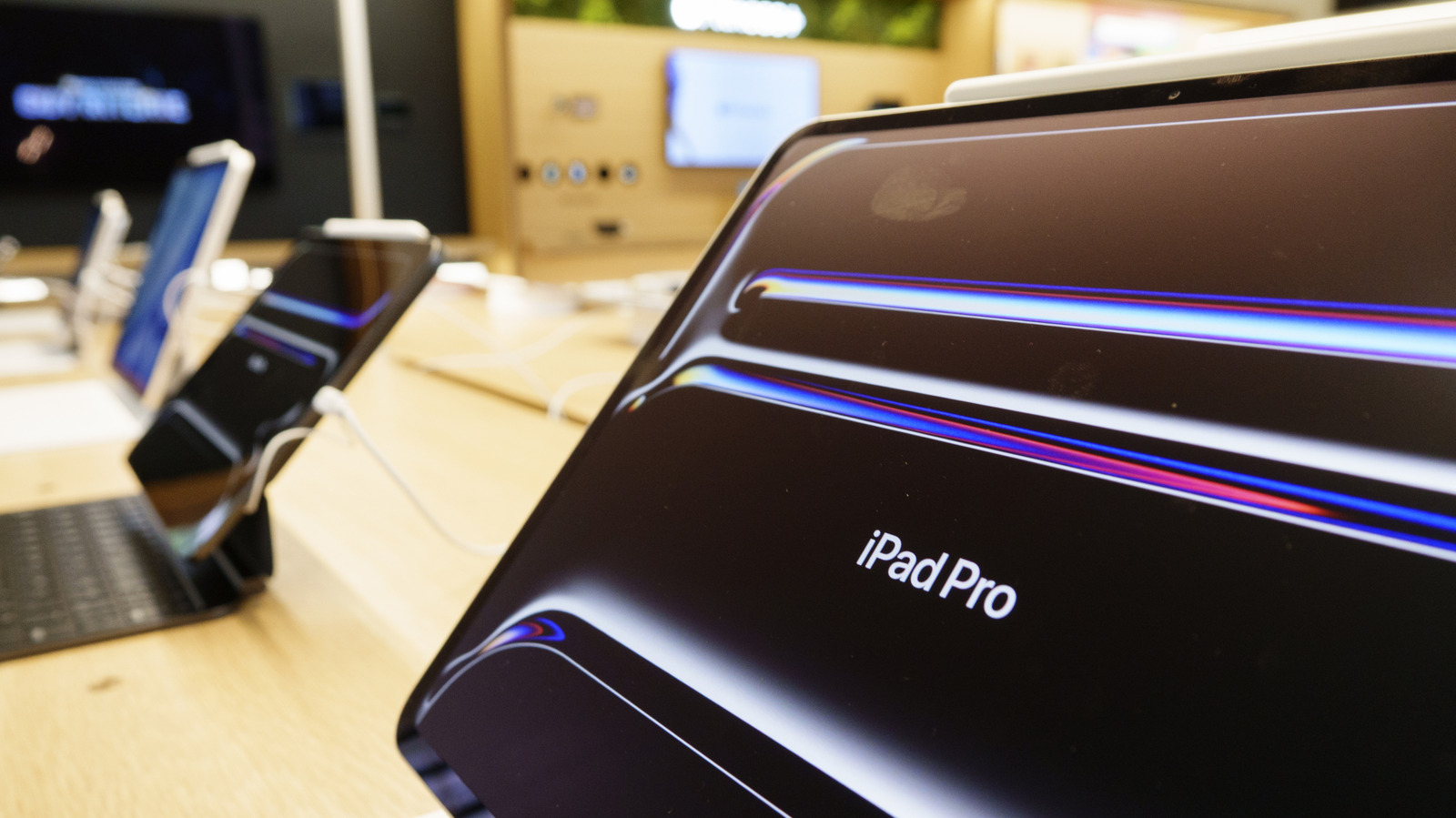Copyright International Business Times

When Ravender Pal Singh walks through a state-of-the-art fulfillment center, he notices what most visitors miss. "Every step, every barcode scanned, every reach along the conveyor belt generates a valuable data point," he says over the hum of sortation belts. "By capturing these data points responsibly and responding swiftly, we can transform warehouses into the safest industrial environments worldwide." A mechanical engineer turned technology executive, Singh leads a global team of 140 engineers and scientists protecting over a million workers and delivery partners. Their mission is urgent: in 2023, U.S. private-sector employers reported 2.6 million non-fatal workplace injuries and illnesses, according to the Bureau of Labor Statistics. While overall injury rates have declined, manual material handling remains high-risk. Singh has been at the forefront of industry efforts to tackle this challenge, establishing himself as a true pioneer. Turning Chaos into Clarity: The Power of Data Before deploying sensors or AI, Singh tackled the foundation: data. Fragmented safety records scattered across spreadsheets, legacy applications, and isolated databases made analysis impossible. "You can't analyze what you can't see," he says. The solution: a centralized high-performance lakehouse capable of ingesting multiple sources, standardizing formats, and maintaining real-time accuracy. Once implemented, system performance issues dropped 75%, infrastructure costs fell by a third, and compliance teams could surface a reportable incident in minutes instead of days. This single source of truth exposed operational patterns hiding in plain sight: recurring workflow bottlenecks, environmental factors linked to errors, and process quirks that increased physical strain. These insights laid the groundwork for Singh's next wave of safety innovations, where sensors and AI proactively prevent injuries before they occur. Engineering Safety: From Freezers to Flagship Programs Singh's flagship program, SensorSafe, started in an unlikely place: industrial freezers at –15°F, some spanning 100,000 square feet. The stakes were clear—limit cold stress or risk serious harm. The solution was elegantly simple. RFID readers monitored freezer entryways, while microchip tags tracked insulated PPE assigned to each worker for the shift. The system verified cleanliness, confirmed compliance, and—most importantly—managed job rotation to prevent overexposure. The results were immediate: cold-related incidents dropped, and the program won multiple innovation awards. "Once you've built the backbone—RFID, IoT, data integration—you can point it at almost any safety challenge," Singh notes. Eyes on the Floor: Predicting Risks Before They Happen RFID and IoT sensors are Singh's ears; computer vision is his eyes. Video feeds convert into anonymized skeletal models—stripped of identifying features but rich in motion data. A generative AI engine identifies subtle patterns that signal potential hazards, such as awkward shelf heights or shadowed corners. Early detection allows adjustments in equipment, lighting, or workflow long before injuries occur. From Insight to Action: Diagnosing Hazards with AI Singh's third layer uses a large-language model trained on incident reports, regulatory guidelines, and safety observations. It doesn't just log hazards—it recommends actionable fixes. Since deployment, it has elevated the precision of safety data and accelerated remediation. Scaling Safety: Technology Meets Culture Singh envisions these tools extending beyond a single organization. He's building an abstraction layer so any company can access live sensor data without months of custom engineering. The EHS technology market is projected to more than double from $7.3 billion in 2023 to $15.9 billion by 2032, according to Astute Analytica, and Singh sees interoperability as the catalyst. But culture is the real challenge. "Technology only works if people believe safety is their job," Singh says. His team runs internal hackathons and partners with AI researchers to make the technology approachable. Industry data shows serious incident rates improving roughly 14% in recent years—but Singh aims higher. "The goal," he says with a smile, "is to make safety so effective, it's boring."



